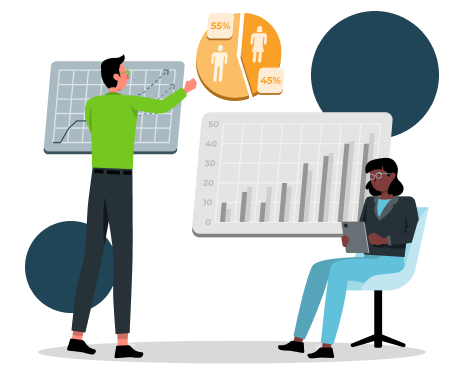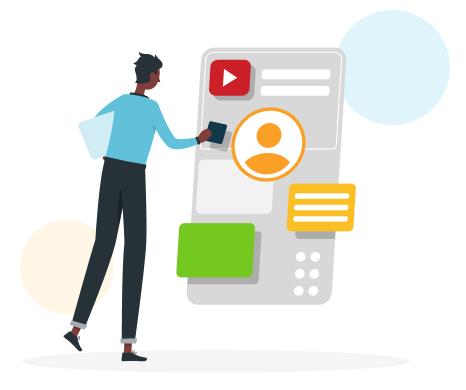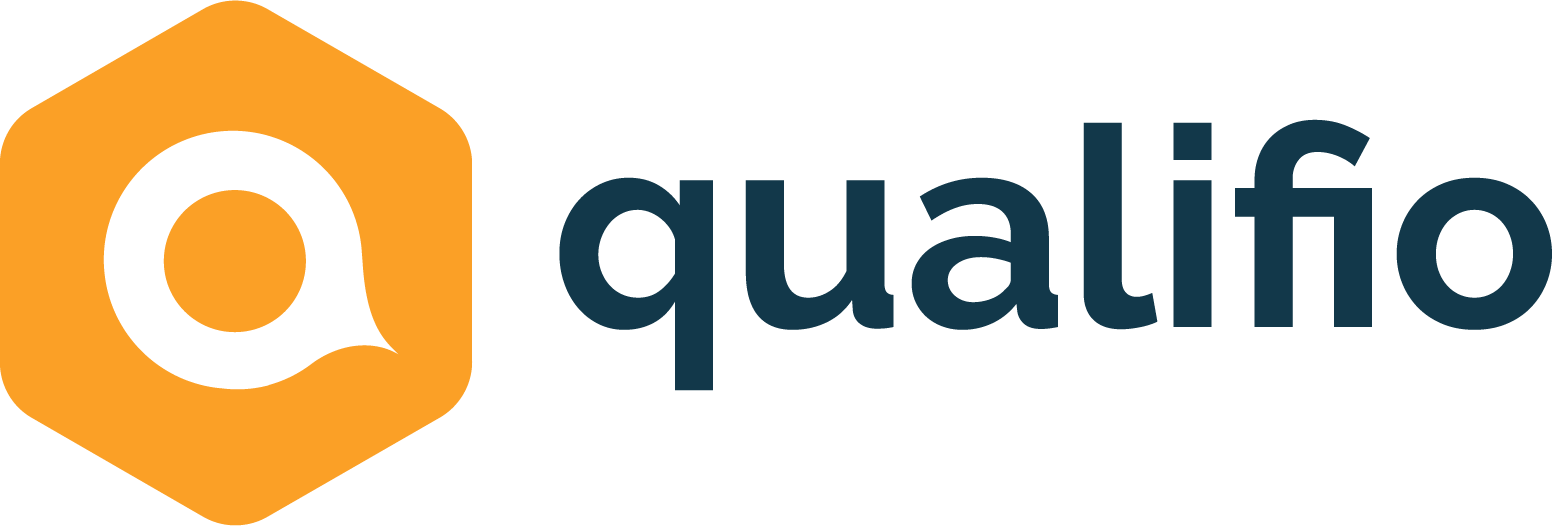First-party data software: collect, activate, grow
In a world where third-party cookies are disappearing and privacy regulations are tightening, brands that win are those that take ownership of their customer data.
A first-party data software empowers you to collect this data directly from your audience interactions securely, compliantly and fully integrated into your marketing stack.


What is first-party data?
First-party data refers to information collected directly from your audience, whether they are prospects, customers or community members, through your own channels. This includes data from:
- Website visits and behaviour
- Mobile app usage
- Email interactions
- Purchase history
- Participation in quizzes, surveys or contests
- In-store transactions and events
How it differs from other types of data
- Zero-party data: information customers intentionally share, such as preferences, interests or feedback,
- First-party data: behavioural and transactional data collected during direct interactions with your brand,
- Second-party data: another organisation’s first-party data that you acquire through a partnership,
- Third-party data: purchased or aggregated from external providers, often with limited transparency.
Why it matters today: first-party data is more accurate, relevant and privacy-friendly. Unlike third-party data, it is collected with consent and in a context you control, making it a future-proof asset for customer engagement.


Why first-party data is a strategic asset
Marketers increasingly recognise first-party data as the foundation for sustainable growth. Its benefits go beyond compliance:
- Accuracy and trust: because it comes directly from your audience, it reflects real behaviours and preferences.
- Ownership and control: You are not dependent on third-party data, and you decide when and how you collect your own.
- Enhanced personalisation: enables the creation of highly targeted campaigns based on real customer insights.
- Cost efficiency: eliminates the need to invest in costly external data sources.
- Future-proof marketing: first-party data can provide greater stability in the face of potential changes in regulations and technologies.
Example: A retail brand using first-party purchase history can send personalised offers at the exact time customers are most likely to make a purchase, increasing conversion rates without relying on third-party cookies.
Key features of a first-party data software
A robust platform should deliver advanced data collection capabilities and integrate with databases and marketing activation software:
- Integrated consent management (GDPR, CCPA and other frameworks) to ensure compliance by design,
- Multi-channel collection: web, app, social, in-store touchpoints, interactive campaigns,
- Integration with CRM, CDP, analytics, and marketing activation software for a unified marketing ecosystem,
- Advanced analytics dashboards to track participation, opt-ins, conversions and ROI,
- Secure cloud infrastructure with encryption and regular audits to protect data integrity.


How it works: from collection to activation
- Collect: capture behavioural, transactional and declared data through forms, reward programmes, gamified campaigns, purchase points or event registrations.
- Organise: consolidate data into unified customer profiles, removing duplicates and enriching with contextual details.
- Segment: group audiences by demographics, behaviour, lifecycle stage or preferences for precise targeting.
- Activate: deliver personalised experiences across email, SMS, in-app messaging, ads and on-site content.
- Optimise: analyse results to identify high-performing segments, adjust offers and refine targeting.
This closed-loop process ensures every interaction feeds back into your strategy, creating a virtuous cycle of data collection, activation, and optimisation.
Compliance at the core
With privacy-first marketing, compliance is non-negotiable. A best-in-class first-party data software includes:
- Centralised consent management across all collection points.
- Granular permissions, allowing users to choose what data they share and how it is used.
- Audit logs for regulatory proof and internal governance.
- Automated data deletion or anonymisation when consent is withdrawn.
- Data encryption and secure hosting in compliance with local requirements.
Not only does this protect you legally, it builds trust with customers who see transparency and respect for their privacy.


Real-world success story: Unilever
In an overcrowded digital landscape, Unilever brands increased their focus on collecting first- and zero-party data to better understand customer preferences. Using Qualifio’s platform, they:
- Launched 70 interactive marketing campaigns in just one year.
- Generated 472,000 participations and 181,000 unique participants.
- Achieved a 48% opt-in rate for newsletters and marketing communications.
This approach enabled Unilever to grow their customer database with enriched customer profiles and their consent to receive more relevant content and offers, driving stronger brand-consumer relationships.
Challenges solved by first-party data software
- Transitioning from third-party to owned data without losing targeting precision.
- Breaking down data silos between teams and departments, with a well-integrated ecosystem..
- Speed to insight: making collected data instantly available to platforms where it is activated.
- Cross-market compliance: operating within multiple legal frameworks at once.
- Integration hurdles: connecting to existing CRM, email, analytics and ad platforms seamlessly.


Measuring success
To gauge the impact of a first-party data strategy, focus on:
- Participation rates in data collection initiatives.
- Growth in opt-ins and profile completeness.
- Improvement in campaign click-through and conversion rates.
- Incremental revenue driven by personalised offers.
- Overall marketing ROI attributed to data-driven targeting.

